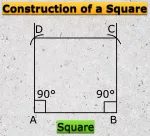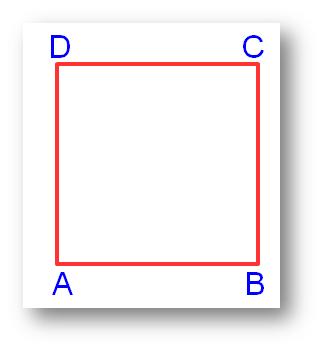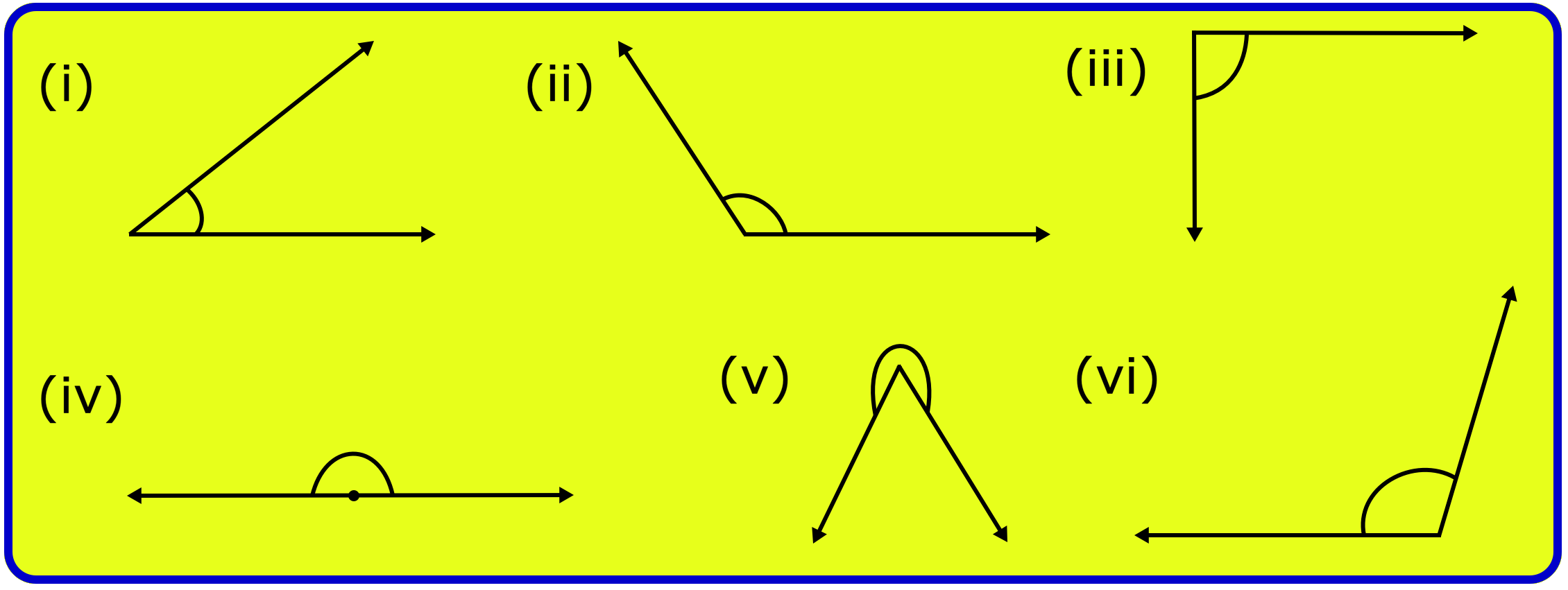Subscribe to our ▶️YouTube channel🔴 for the latest videos, updates, and tips.
Home | About Us | Contact Us | Privacy | Math Blog
Addition and Subtraction of Unlike Fractions
In addition and subtraction of unlike fractions, we first convert them into corresponding equivalent like fractions and then they are added or subtracted.
Following steps are used to do the same.
Step I:
Obtain the fractions and their denominators.
Step II:
Find the LCM (least common multiple) of the denominators.
Step III:
Convert each fraction into an equivalent fraction having its denominator equal to the LCM (least common multiple) obtained in Step II.
Step IV:
Add or subtract like fractions obtained in Step III.
For Example:
1. Add ²/₃ and ³/₇.
Solution:
The LCM (least common multiple) of the denominators 3 and 7 is 21.

So, we convert the given fractions into equivalent fractions with denominator 21.
We have,
2/3 + 3/7
= (2 × 7)/(3 × 7) + (3 × 3)/(7 × 3)
[since 21 ÷ 3 = 7 and 21 ÷ 7 = 3]
= 14/21 + 9/21
= (14 + 9)/21
= 23/21
2. 1/6 + 3/8
Solution:
The LCM (least common multiple) of the denominators 6 and 8 is 24.

So, we convert the given fractions into equivalent fractions with denominator 24.
We have,
= 1/6 = (1 × 4)/(6 × 4)= 4/24 [since 24 ÷ 6 = 4]
and, 3/8 = (3 × 3)/(8 × 3) = 9/24 [since 24 ÷ 8 = 3]
Thus, 1/6 + 3/8 = 4/24 + 9/24
= (4 + 9)/24
= 13/24
3. Add 24/5 and 35/6.
Solution:
We have,
24/5 = (2 × 5 + 4)/5 = (10 + 4)/5 = 14/5
and, 35/6 = (3 × 6 + 5)/6 = 23/6
Now, we will compute 14/5 + 23/6
The LCM (least common multiple) of the denominators 5 and 6 is 30.

So, we convert the given fractions into equivalent fractions with denominator 30.
We have,
= 14/5 = (14 × 6)/(5 × 6) = 84/30 [since 30 ÷ 5 = 6]
and, 23/6 = (23 × 5)/(6 × 5) = 115/30 [since 30 ÷ 6 = 5]
Thus, 14/5 + 23/6 = 84/30 + 115/30
= (84 + 115)/30
= 199/30

= 6¹⁹/₃₀
4. Find the difference of ¹⁷/₂₄ and ¹⁵/₁₆.
Solution:
The LCM (least common multiple) of the denominators 24 and 16 is 48.

[Therefore, LCM = 2 × 2 × 2 × 2 × 3 = 48]
So, we convert the given fractions into equivalent fractions with denominator 48.
We have,
= 17/24 = (17 × 2)/(24 × 2) = 34/48 [since 48 ÷ 24 = 2]
and, 15/16 = (15 × 3)/(16 × 3) = 45/48 [since 48 ÷ 16 = 3]
Clearly, 45/48 > 34/48
Therefore, 15/16 > 17/24
Hence, difference = 15/16 – 17/24
= 45/48 – 34/48
= (45 – 34)/48
= 11/48.
5. Simplify: 42/3 – 31/4 + 2 1/6
Solution:
We have,
42/3 – 31/4 + 21/6
= (4 × 3 + 2)/3 – (3 × 4 + 1)/4 + (2 × 6 +1)/6
= (12 + 2)/3 – (12 +1)/4 + (12+1)/6
= 14/3 – 13/4 + 13/6
The LCM (least common multiple) of the denominators 3, 4 and 6 is 12.

So, we convert the given fractions into equivalent fractions with denominator 12.
We have,
= (14 × 4)/(3 × 4) – (13 × 3)/(4 × 3) + (13 × 2)/(6 × 2)
= 56/12 – 39/12 + 26/12
= (56 – 39 + 26)/12
= (82 – 39)/12
= 43/12

= 3⁷/₁₂
● Fraction
Representations of Fractions on a Number Line
Conversion of Mixed Fractions into Improper Fractions
Conversion of Improper Fractions into Mixed Fractions
Interesting Fact about Equivalent Fractions
Addition and Subtraction of Like Fractions
Addition and Subtraction of Unlike Fractions
Inserting a Fraction between Two Given Fractions
Numbers Page
6th Grade Page
From Addition and Subtraction of Unlike Fractions to HOME PAGE
Didn't find what you were looking for? Or want to know more information about Math Only Math. Use this Google Search to find what you need.
Recent Articles
-
Formation of Numbers | Smallest and Greatest Number| Number Formation
Jul 15, 25 11:46 AM
In formation of numbers we will learn the numbers having different numbers of digits. We know that: (i) Greatest number of one digit = 9, -
Formation of Square and Rectangle | Construction of Square & Rectangle
Jul 15, 25 02:46 AM
In formation of square and rectangle we will learn how to construct square and rectangle. Construction of a Square: We follow the method given below. Step I: We draw a line segment AB of the required… -
5th Grade Quadrilaterals | Square | Rectangle | Parallelogram |Rhombus
Jul 15, 25 02:01 AM
Quadrilaterals are known as four sided polygon.What is a quadrilateral? A closed figure made of our line segments is called a quadrilateral. For example: -
5th Grade Geometry Practice Test | Angle | Triangle | Circle |Free Ans
Jul 14, 25 01:53 AM
In 5th grade geometry practice test you will get different types of practice questions on lines, types of angle, triangles, properties of triangles, classification of triangles, construction of triang… -
5th Grade Circle Worksheet | Free Worksheet with Answer |Practice Math
Jul 11, 25 02:14 PM
In 5th Grade Circle Worksheet you will get different types of questions on parts of a circle, relation between radius and diameter, interior of a circle, exterior of a circle and construction of circl…





New! Comments
Have your say about what you just read! Leave me a comment in the box below. Ask a Question or Answer a Question.